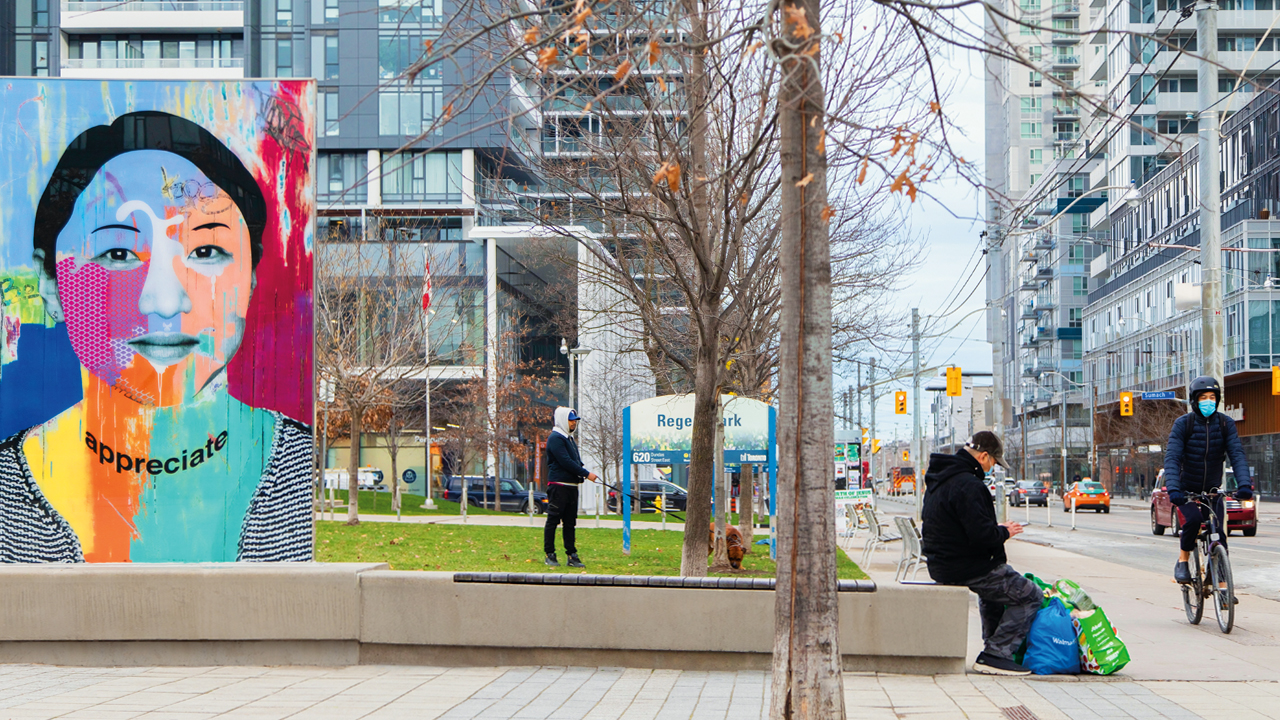
This opinion piece by President and CEO of United Way Greater Toronto Daniele Zanotti was originally published on toronto.com on Jan. 19, 2023
The GTA is booming. Ambitious immigration targets and recent projections show Ontario’s population is on track to increase by 6 million in 20 years. This year is already being hailed as a year set to see hundreds of construction projects across the region. We’re developing, redeveloping and revitalizing at an unprecedented rate.
What will our region look like on the other side of this development and growth? That depends on the path we choose.
One pattern we’ve seen all too often in neighbourhoods across our region: Longtime residents squeezed out by the higher rents and costs of living associated with gentrification. Diminished affordability effectively excluding newcomers to the GTA and those on lower incomes. Small businesses and community organizations forced to shutter their doors. Neighbourhoods becoming islands segregated by income.
But it doesn’t have to be this way. We can do so much better.
Instead, we can create truly inclusive communities. Neighbourhoods where all residents can share in the prosperity generated by new developments and revitalization. Where people can settle and find the services and amenities they need to thrive, close to home. Where lower-income residents, too, are afforded the time and opportunity to participate in the public life of this region. Where community spaces — from the roti shop to the drop-in centre to public parks — are vibrant, diverse and accessible.
Together, we can build and nurture connectivity in neighbourhoods, because we understand how. In fact, neighbourhoods are what we at United Way Greater Toronto (UWGT) know best. And in Building Inclusive Communities: Learning from Programs and Policies that Work, we identify nine tried-and-tested program and policy interventions that can bring about more inclusive neighbourhood change. Some are already having an impact across our region:
In Scarborough’s Greater Golden Mile, where construction of the Eglinton Crosstown LRT has spurred massive redevelopment, the Aecon-Golden Mile Joint Venture, a neighbourhood-level workforce development program and part of the Inclusive Local Economic Opportunity initiative led by United Way and BMO, is expanding trades training and job opportunities for residents, with 51 per cent of profits reinvested in the community.
In downtown Toronto, the Parkdale Neighbourhood Land Trust (PNLT) is working to preserve long-term housing affordability in the neighbourhood. A resident-driven, non-profit community land trust, PNLT has purchased three buildings since 2019 with a total of 132 units that will keep rents affordable for the community in perpetuity.
The City of Brampton is combatting the impact of systemic discrimination on equity-deserving groups by incorporating equity into its own procurement processes for municipal projects through their Supply Chain Diversity Program. York University has done the same, and by the end of 2022, $5.8 million had been spent on contracts with diverse vendors and social enterprises, 57 apprentices had been hired and social procurement requirements had been applied to 14 construction projects. And Mississauga has enacted a rental unit replacement policy that requires a one-to-one unit replacement of any residential property of more than six units demolished or converted.
These initiatives — all examples of effective interventions named in our report, active and on the ground, are a starting line for the change that is possible. Plan intentionally, work across sectors, create equity for the community and residents: that is a blueprint centred on inclusivity. And that is how we will build inclusivity into the foundation of our neighbourhoods.